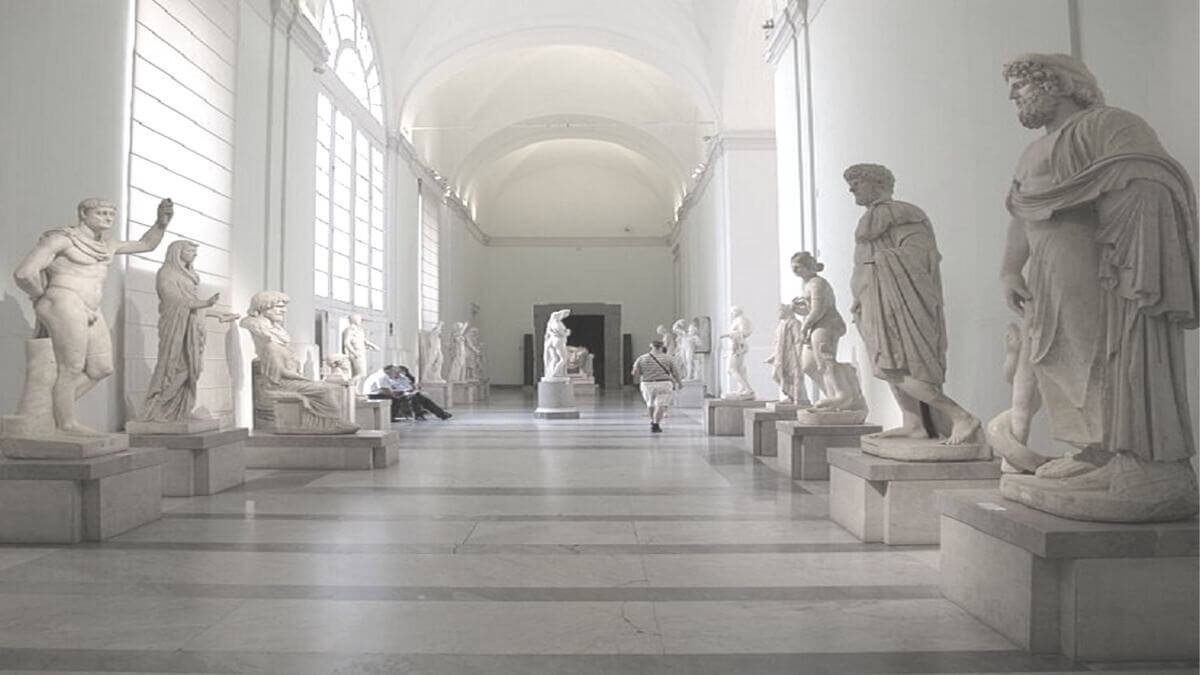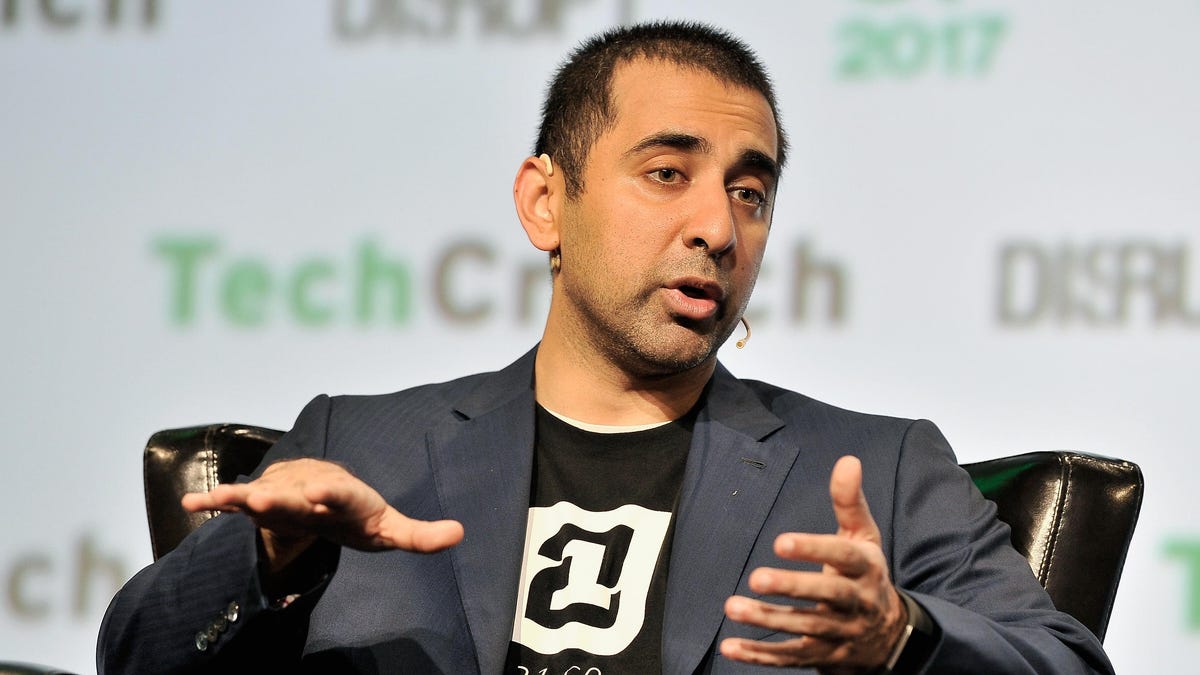How Blockchain is transforming the art world on International Museum Day?

[gpt3]rewrite
International Museum Day is an important occasion that celebrates the cultural heritage and importance of museums around the world. On this day, we not only honor the rich history and artistic treasures that reside in these institutions, but also explore the exciting intersection between blockchain technology and the world of museums. Over the years, blockchain has emerged as a transformative force, offering unique solutions to longstanding challenges in the art industry. From improving art provenance and digital ownership to facilitating decentralized curation, blockchain has the potential to revolutionize the art world as we know it.
Blockchain and art provenance
Art provenance, or the recording of an artwork’s ownership history, has long been a problem in the art world. Counterfeits, theft and fraudulent practices have plagued the industry for centuries. Blockchain technology can solve these problems by providing an immutable and transparent ledger of ownership. By recording every transaction and change in ownership on a blockchain, the provenance of the art can be easily traced, ensuring the authenticity and integrity of the artworks. This revolutionary capability not only protects artists and collectors, but also allows museums to confidently exhibit artworks with verified provenance, increasing their credibility.
Also read: Aquarium de Paris and Metaseum launch the world’s first scientifically accurate NFT collection
Digital ownership and tokenization
In the digital age, the concept of ownership has evolved, and blockchain technology has introduced exciting possibilities for ownership of digital assets. Through tokenization, physical works of art can be digitally represented as unique tokens on a blockchain. These digital representations, known as non-fungible tokens (NFT), enable artists and collectors to establish verifiable digital ownership of their artworks. NFTs have gained significant popularity, allowing artists to monetize their work and giving collectors the ability to securely buy, sell and trade digital assets. Museums can leverage NFTs to exhibit digital artworks, allowing visitors to experience art in new and immersive ways. For example, the Indonesian government leverage NFTs to take care of the cultural heritage.
Provenance verification and smart contracts
Smart contracts, self-executing agreements on a blockchain, add an extra layer of security and transparency to art transactions. These contracts can be used to automate provenance verification, ensuring that an artwork’s history is accurately recorded and verified. Smart contracts can also include terms and conditions related to royalties, lending or copyright licenses, which protect the rights of artists even after the first sale. By integrating smart contracts into the art ecosystem, museums can streamline administrative processes, protect artists’ interests and create a fairer environment for all stakeholders involved.
Decentralized curation and community involvement
The traditional model of art curation is often centralized, with a small group of experts deciding which artworks to display and share with the public. Blockchain technology opens the door to decentralized curation, allowing artists, collectors and the general public to participate in the process. Decentralized Autonomous Organizations (DAOs) can be formed, where members collectively curate and vote on artworks to be exhibited. This approach promotes community engagement, diversifies the perspectives presented, and empowers artists and art enthusiasts alike. DAOs also allow for crowdfunding exhibitions, ensuring a more inclusive and democratic art culture.
Also read: The award-winning digital artist Vesa Kivinen and the famous Ukrainian artist Zinaida will present their works created in support of the META HISTORY Museum Mission – Renovation of Ukraine
Virtual tourism – museum in the metaverse
Virtual tourism and the concept of museums in the metaverse are quickly gaining ground in the realm of digital experiences. While the metaverse is still an evolving concept, several initiatives and developments indicate the growing possibility of virtual tourism in museums.
- Virtual Reality (VR) technology: With advances in virtual reality technology, museums can recreate their physical spaces and collections in immersive virtual environments. Visitors can wear VR headsets and explore virtual galleries, interact with artworks and even get guided tours from experts. This technology offers a compelling and realistic alternative to physical museum visits.
- Digital copies and exhibits: Museums are increasingly digitizing their collections and making them available online. Through high-resolution images, 3D scans and virtual tours, visitors can explore museums virtually and access works of art from anywhere in the world. These digital replicas and exhibits create an opportunity for a wider audience to engage with art and cultural heritage.
- Metaverse Platforms and Virtual Worlds: Metaverse platforms and virtual worlds are virtual spaces where users can interact with each other and explore different environments. Platforms such as Decentraland, Somnium Space and Cryptovoxels provide virtual spaces for artists, collectors and museums to exhibit and sell digital art. These platforms offer a glimpse into the potential future of virtual museums in the metaverse.
- NFTs and Virtual Collectibles: Non-fungible tokens (NFT) have emerged as a significant development in the art world. NFTs allow the creation and ownership of unique digital assets, including virtual artworks and collectibles. Artists and museums can tokenize their artworks as NFTs, making them accessible to collectors in the digital realm. These virtual collectibles can be displayed and traded on metaverse platforms.
- Cooperation and partnership: Museums are exploring collaborations with technology companies, game developers and blockchain platforms to create immersive and interactive experiences in the metaverse. These partnerships aim to merge art, technology and virtual reality, offering visitors a rich and engaging virtual tourism experience.
While virtual tourism and museums in the metaverse are still in their early stages, there is a growing movement to embrace these digital experiences. The ongoing technological advances, the growing demand for digital access to art and the emergence of blockchain-based platforms indicate a promising future for virtual tourism in museums. It is an exciting time where art and technology intersect, opening new avenues for global cultural exchange and exploration.
Challenges and future opportunities
While the intersection of blockchain and museums has enormous potential, there are challenges to overcome. Integration into existing museum systems, concerns regarding energy consumption in blockchain networks, and the need for standardized frameworks are some of the obstacles that need to be addressed. But with collaboration between the arts community and technological innovators, these obstacles can be navigated, unlocking a world of new possibilities.
As we celebrate International Museum Day, it is important to recognize the profound impact blockchain technology could have on the art world. From improving art provenance and enabling digital ownership to facilitating decentralized curation and community engagement, blockchain offers revolutionary solutions to longstanding challenges. By embracing blockchain’s potential, museums can not only ensure the authenticity and integrity of artworks, but also create more inclusive, transparent and immersive experiences for visitors. As we move forward, let’s explore the possibilities and collaborate to shape a future where art and blockchain converge harmoniously.
Also Read: Klaytn Launches New Metaverse Museum Showing His Journey In GameFi And NFT Sapce
[gpt3]

























